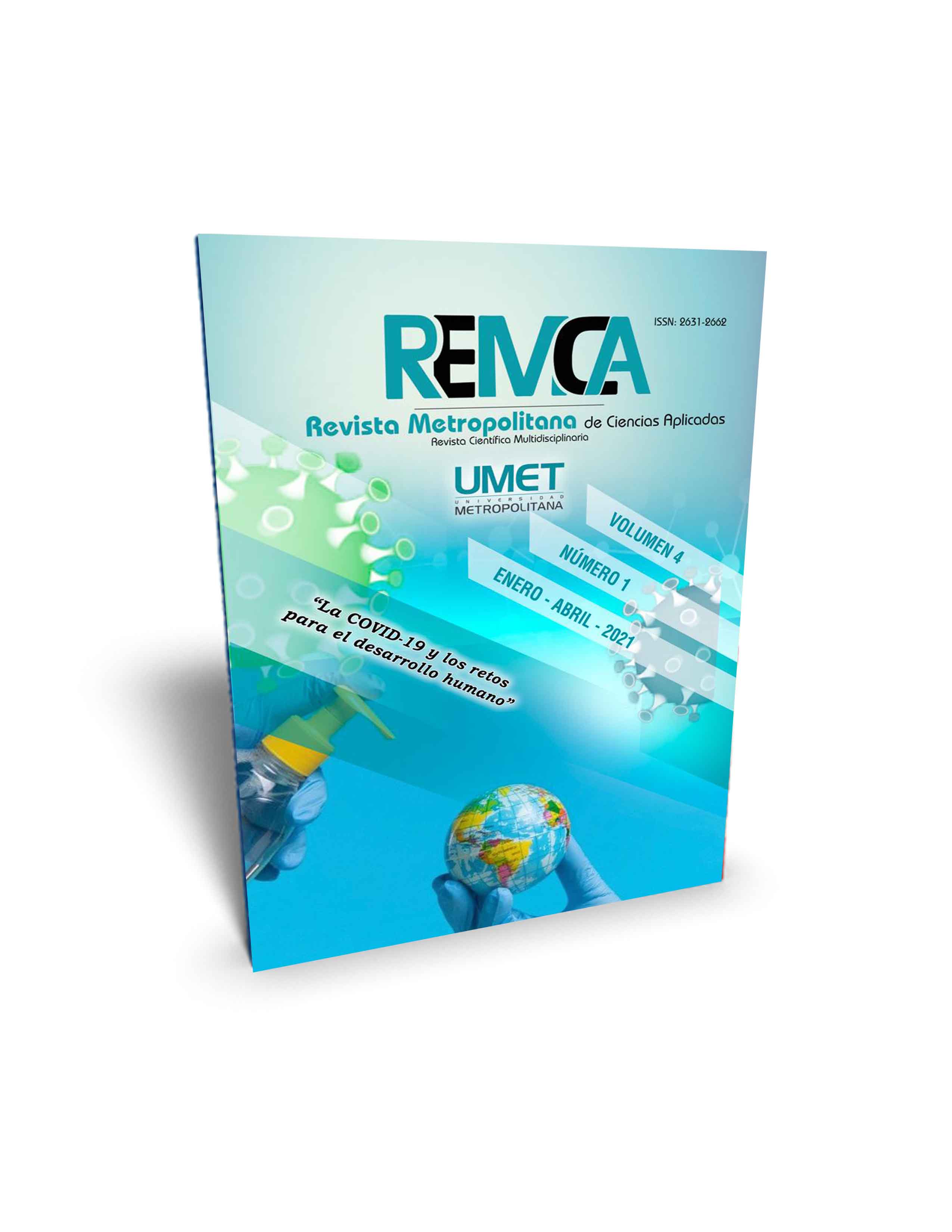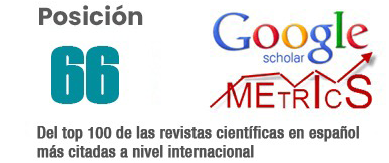Impact caused by exports and imports between ecuador and the European Union, through the multipart trade agreement, period 2010-2019
DOI:
https://doi.org/10.62452/ccz4ka96Keywords:
Exports, imports, multiparty commercial agreementAbstract
Exports and imports correspond to flows that make up international trade from a global perspective, and foreign trade by referring to what a country exports and receives. This article aims to analyze the impact caused by exports and imports between Ecuador and the European Union through the multiparty trade agreement. It was carried out using an exploratory, descriptive and non-experimental study of information obtained from historical data on the commercial relationship between both blocks. The results obtained were sent in 4 indicators: first; an analysis of Exports by continent, Economic Area and Country, second; an analysis of the Trade Balance, third; main EU countries of destination of Ecuadorian exports and imports and fourth; behavior of exports and imports. The results revealed that the level of evolution of exports and imports have had a constant growth since 2010-2019, where we find that 72% of what the country has exported to the EU has been fruits, with special interest in bananas (30%), followed by fish, shrimp, tuna and their processed products (42%), while the main imported products were machinery and equipment (22%), chemical products (11%), instruments and appliances (10%).
Downloads
References
Anderson, D. R., Sweeney, D. J., & Williams, T. A. (2008). Estadística para la Administración y Economía (Vol. 10). Cengage Learning.
Andrade, P. L., & Meza, A. D. (2017). Acuerdo comercial entre Ecuador y la Unión Europea: El caso del sector bananero ecuatoriano. Revista Espacio, 38(58).
Banco Central del Ecuador. (2020). Información Estadística Mensual (IEM). BCE. https://contenido.bce.fin.ec/documentos/PublicacionesNotas/Catalogo/IEMensual/m2019/IEm2019.pdf
Burgos, D., Chávez, S., & Maldonado, F. (2018). Unión Europea: Socio estratégico para el desarrollo de Ecuador. https://www.ekosnegocios.com/articulo/union-europea-socio-estrategico-para-el-desarrollo-de-ecuador
Casado, J., Bernal, E., Mozas, A., & Fernández, D. (2017). Medición del impacto social y económico: políticas públicas de emprendimiento en Andalucía. CIRIEC-España, Revista de Economía Pública, Social y Cooperativa, 90, 75-102.
Cevallos, M., Montesdeoca, E., & Cevallos, R. (2018). Relación estratégica para el desarrollo del Ecuador: acuerdo comercial multipartes con la Unión Europea. Revista Universidad Y Sociedad, 10(3), 165–169.
Comisión Económica para América Latina y el Caribe. (2017). Evaluación de los posibles impactos de un acuerdo comercial entre el Ecuador y la Unión Europea. CEPAL. https://repositorio.cepal.org/bitstream/handle/11362/40924/1/S1500670_es.pdf
Dzul, M. (2010). Aplicación Básica de los métodos Científicos (Diseño no experimental). Universidad Autónoma del Estado de Hidalgo.
El Universo. (2016). Oportunidades de exportación agrícola a la Unión Europea. https://www.eluniverso.com/noticias/2016/04/04/nota/5504112/oportunidades-exportacion-agricola-union-europea
El Universo. (2018). Acuerdo comercial con Unión Europea ha sido muy positivo, según Ecuador. https://www.eluniverso.com/noticias/2018/12/14/nota/7098462/acuerdo-comercial-union-europea-ha-sido-muy-positivo-segun-ecuador
Gómez, E., Lazarou, E., Puccio, L., & Sabbati, G. (2015). Relaciones comerciales entre la UE y América Latina. Parlamento Europeo.
Iglesias Naranjo, J.M., & Riofrío Gavilánez, P. J. (2017). Acuerdo Comercial Multipartes entre la Unión Europea y Ecuador. Análisis en su primer año de operaciones 2017. (Trabajo de titulación). Universidad Central del Ecuador.
Levin, R. L., & Rubin, D. S. (2004). Estadística para administración y economía (Vol. 7). Routledge.
Mesías, A. (2019). El acuerdo comercial de Ecuador con la Unión Europea y el comportamiento de las exportaciones ecuatorianas. (Tesis de Maestría). Universidad Andina Simón Bolívar.
Palomino, M. (2017). Importancia del sector industrial en el desarrollo económico: Una revisión al estado del arte. Revista Estudios de Políticas Públicas, 3(1), 139-156.
Quinde, J. (2016). La importancia del acuerdo comercial del Ecuador con la Unión Europea. (Trabajo de titulación). Universidad de Guayaquil.
Rosales, D., & De La Cruz, L. (2019). Los primeros 18 meses del Acuerdo Multipartes Ecuador – Unión Europea. Podium, 35, 43–56.
Downloads
Published
Issue
Section
License
Copyright (c) 2021 John Leonardo Domínguez Cochancela, Andrea del Cisne Vega Granda, Víctor Javier Garzón Montealegre, Jessica Maribel Quezada Campoverde (Autor/a)

This work is licensed under a Creative Commons Attribution-NonCommercial-ShareAlike 4.0 International License.
Authors who publish in Revista Metropolitana de Ciencias Aplicadas (REMCA), agree to the following terms:
1. Copyright
Authors retain unrestricted copyright to their work. Authors grant the journal the right of first publication. To this end, they assign the journal non-exclusive exploitation rights (reproduction, distribution, public communication, and transformation). Authors may enter into additional agreements for the non-exclusive distribution of the version of the work published in the journal, provided that acknowledgment of its initial publication in this journal is given.
© The authors.
2. License
The articles are published in the journal under the Creative Commons Attribution-NonCommercial-ShareAlike 4.0 International License (CC BY-NC-SA 4.0). The terms can be found at: https://creativecommons.org/licenses/by-nc-sa/4.0/deed.en
This license allows:
- Sharing: Copying and redistributing the material in any medium or format.
- Adapting: Remixing, transforming, and building upon the material.
Under the following terms:
- Attribution: You must give appropriate credit, provide a link to the license, and indicate if any changes were made. You may do this in any reasonable manner, but not in any way that suggests the licensor endorses or sponsors your use.
- NonCommercial: You may not use the material for commercial purposes.
- ShareAlike: If you remix, transform, or build upon the material, you must distribute your creation under the same license as the original work.
There are no additional restrictions. You may not apply legal terms or technological measures that legally restrict others from doing anything the license permits.




